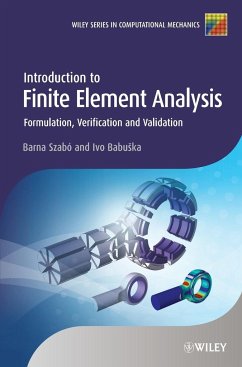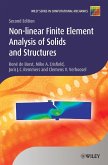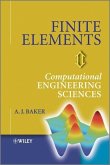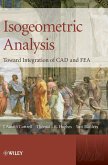When using numerical simulation to make a decision, how can its reliability be determined? What are the common pitfalls and mistakes when assessing the trustworthiness of computed information, and how can they be avoided?
Whenever numerical simulation is employed in connection with engineering decision-making, there is an implied expectation of reliability: one cannot base decisions on computed information without believing that information is reliable enough to support those decisions. Using mathematical models to show the reliability of computer-generated information is an essential part of any modelling effort.
Giving users of finite element analysis (FEA) software an introduction to verification and validation procedures, this book thoroughly covers the fundamentals of assuring reliability in numerical simulation. The renowned authors systematically guide readers through the basic theory and algorithmic structure of the finite element method, using helpful examples and exercises throughout.
Delivers the tools needed to have a working knowledge of the finite element method
Illustrates the concepts and procedures of verification and validation
Explains the process of conceptualization supported by virtual experimentation
Describes the convergence characteristics of the h-, p- and hp-methods
Covers the hierarchic view of mathematical models and finite element spaces
Uses examples and exercises which illustrate the techniques and procedures of quality assurance
Ideal for mechanical and structural engineering students, practicing engineers and applied mathematicians
Includes parameter-controlled examples of solved problems in a companion website (www.wiley.com/go/szabo)
Whenever numerical simulation is employed in connection with engineering decision-making, there is an implied expectation of reliability: one cannot base decisions on computed information without believing that information is reliable enough to support those decisions. Using mathematical models to show the reliability of computer-generated information is an essential part of any modelling effort.
Giving users of finite element analysis (FEA) software an introduction to verification and validation procedures, this book thoroughly covers the fundamentals of assuring reliability in numerical simulation. The renowned authors systematically guide readers through the basic theory and algorithmic structure of the finite element method, using helpful examples and exercises throughout.
Delivers the tools needed to have a working knowledge of the finite element method
Illustrates the concepts and procedures of verification and validation
Explains the process of conceptualization supported by virtual experimentation
Describes the convergence characteristics of the h-, p- and hp-methods
Covers the hierarchic view of mathematical models and finite element spaces
Uses examples and exercises which illustrate the techniques and procedures of quality assurance
Ideal for mechanical and structural engineering students, practicing engineers and applied mathematicians
Includes parameter-controlled examples of solved problems in a companion website (www.wiley.com/go/szabo)








